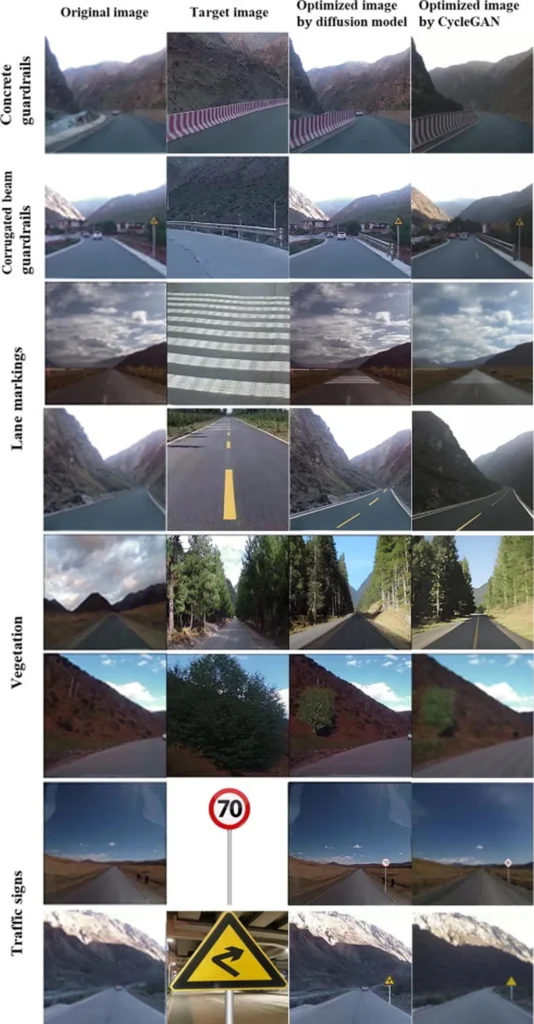In a bid to tackle the persistent issue of speeding on rural roads, researchers have turned to artificial intelligence and human perception studies to design safer road environments. The study, led by Weixi Ren from the Key Laboratory of Road and Traffic Engineering at Tongji University in Shanghai, introduces an improved lightweight convolutional neural network (LW-CNN) that considers drivers’ visual perception to analyze and optimize road facilities.
The research, published in the International Journal of Transportation Science and Technology, focuses on two-lane rural roads, which are particularly prone to speeding-related accidents. Ren and his team collected data through naturalistic driving experiments across five Chinese provinces, gathering over 3,500 images of road facilities and corresponding speed data.
The improved LW-CNN demonstrated high accuracy in predicting driving speeds based on visual facility environment images, with a training loss of just 0.05% and a validation loss of 0.15%. By combining this network with gradient-weighted class activation mapping (Grad-CAM) and a semantic segmentation network, the researchers identified the key environmental factors influencing driving speeds.
“We found that certain visual elements in the road environment can subtly guide drivers to adjust their speeds,” Ren explained. “By understanding and optimizing these elements, we can create roads that are inherently safer, reducing the likelihood of speeding-related crashes.”
The study categorized six typical two-lane rural road types based on drivers’ perceived speeds and speeding probability. Each category was analyzed for its semantic composition and depth features, providing a comprehensive understanding of how different road environments affect driver behavior.
For the maritime sector, the implications of this research are significant. Ports and coastal roads often intersect with rural highways, and improving safety on these routes can enhance overall transportation efficiency and reduce delays caused by accidents. Additionally, the principles of self-explaining road design can be applied to port facilities and maritime infrastructure to guide vehicle speeds and improve safety.
“Our findings offer a roadmap for designing road facilities that inherently guide drivers to choose safer speeds,” Ren added. “This approach can be adapted to various transportation networks, including those in and around maritime environments, to create a safer and more efficient transportation ecosystem.”
By leveraging advanced AI techniques and a deep understanding of human perception, this research opens up new opportunities for enhancing road safety and optimizing transportation networks, benefiting not only rural drivers but also the broader maritime and logistics industries.

